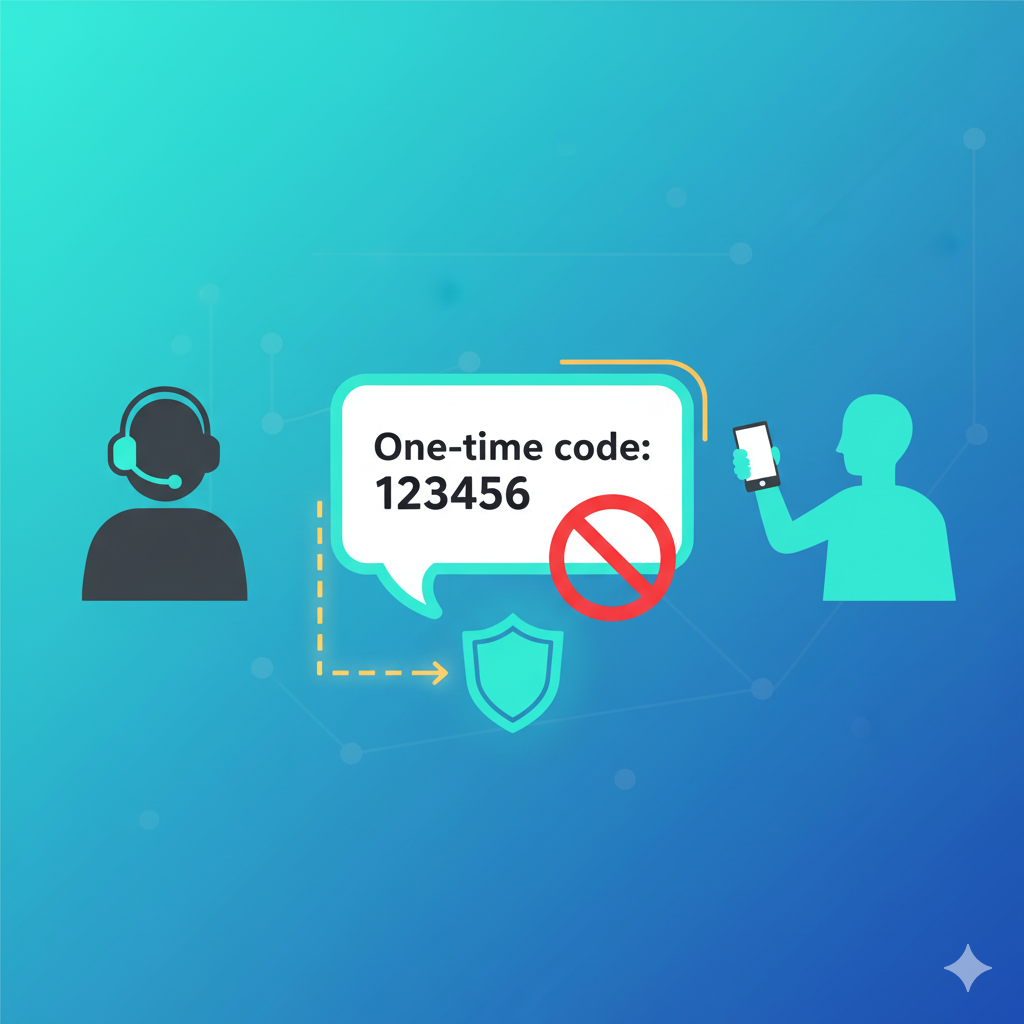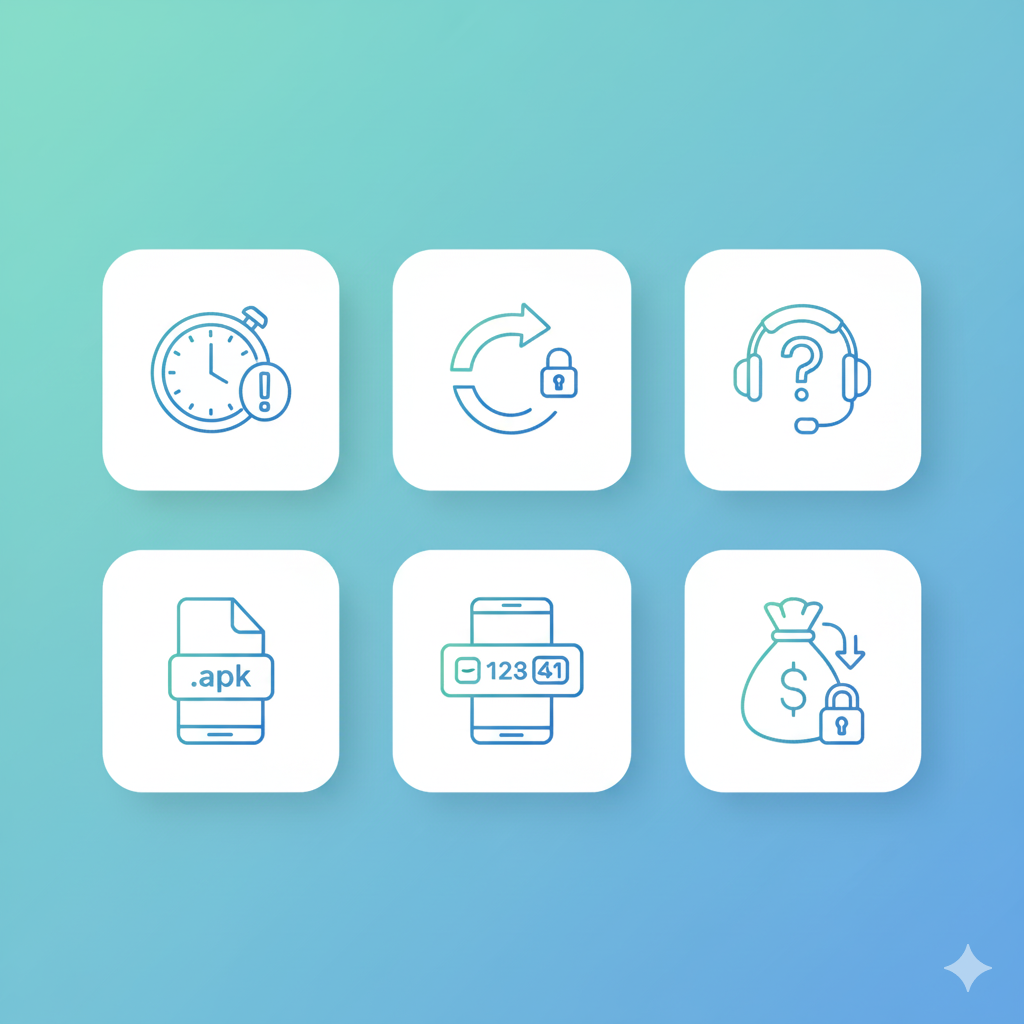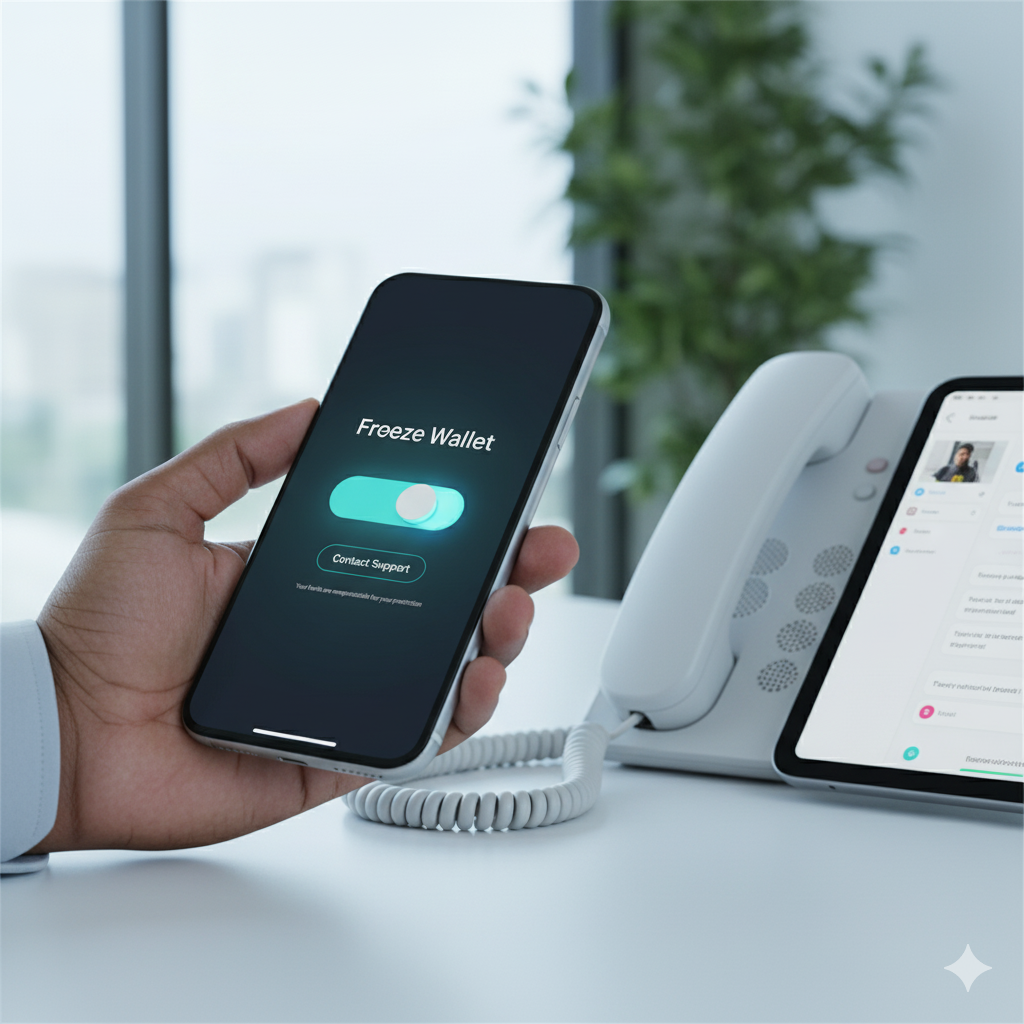Description
1) Why this matters
In Somalia, mobile money (EVC/ZAAD and others) is the backbone of daily transactions. Criminals target OTP codes, run SIM-swap scams, and spoof customer care to drain wallets or lock you out.
2) The main threats (plain language)
OTP/Code harvesting: “We sent money by mistake—share the code to reverse.”
Fake customer support: Impersonated telecom agents ask you to “verify” your number.
SIM-swap: Attackers socially-engineer the operator into issuing a new SIM for your number.
Malicious links/apps: Fake updates or APKs capture your SMS/notifications.
Account-sharing: Family/friends reuse your PIN or handle your phone; codes leak.
3) Red flags
Calls/SMS asking for PIN, OTP, or reset codes (legitimate agents never ask).
Urgency or threats (“service will be cut off in 1 hour”).
Requests to install unknown .apk files or share a remote-control code.
Numbers that look similar but are off by 1–2 digits; social accounts with few followers.
4) Prevention—what to set up today
Strong wallet PIN (not birthday; change regularly).
Separate device lock (6-digit code or biometric) + disable lock-screen SMS previews.
PIN-protect your SIM (SIM PIN) and ask your operator for extra identity checks on SIM replacement.
Never share codes—teach family and staff.
Install from official stores only; keep OS and apps updated.
Password manager + unique passwords for related email/social accounts.
2FA everywhere possible (authenticator app preferred over SMS).
5) If you suspect compromise
Freeze the wallet: call your telecom from a different phone; request immediate lock.
Change wallet PIN; rotate email & social passwords; enable 2FA.
SIM-swap? Visit a retail point with ID to reclaim your number; demand notes on the account.
Check transactions and lodge disputes quickly; time is critical.
Malware check: uninstall unknown apps; scan with reputable AV; update OS.
6) Safe habits for families & CSOs
Create a “money safety” rulebook (who can request transfers, how to verify).
Dual approval for large transactions (call-back using saved official numbers).
Quarterly refresher with examples of real scams seen in your area.
Keep a paper list of official support numbers (don’t rely on web links in messages).
7) Reporting pathways (practical)
Telecom wallet support: Official hotline/retail outlet; ask for case reference.
Bank partner (if linked): Freeze/alert compliance.
Organization: Notify finance + security focal points.
Law enforcement: Cybercrime desk where available; provide call/SMS logs.
8) Awareness snippets (reuse)
SMS/WhatsApp: “Never share OTP or wallet PIN. No operator asks for codes. Verify by calling the number on the operator’s website.”
Poster/Banner: “Think before you verify—agents never need your OTP.”
9) Minimal policy controls (institutions)
Wallets used for work must have named custodians and 2-person approval.
Maintain SIM inventory; SIM changes require manager sign-off.
Incident playbook: numbers to call, how to freeze, who to notify.





